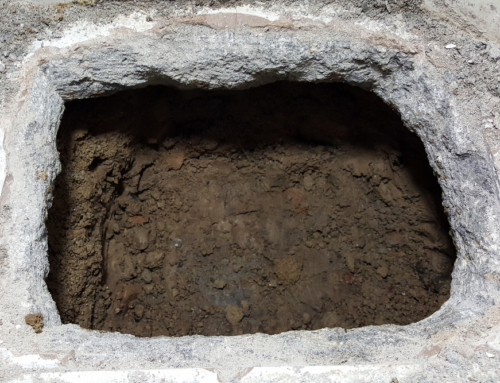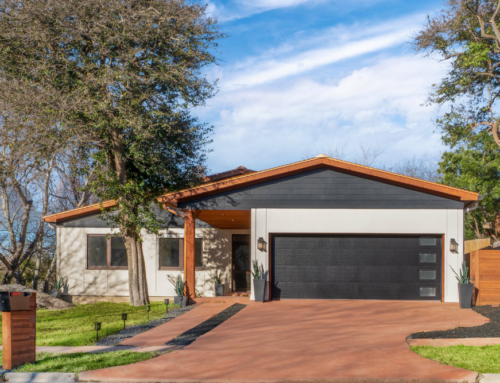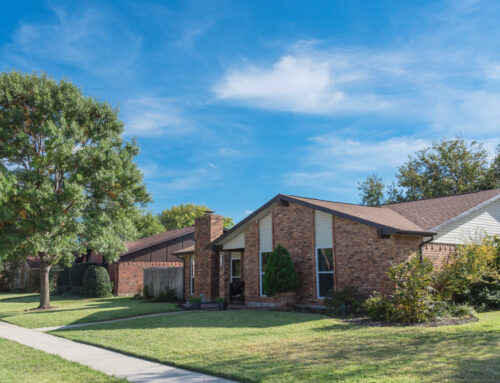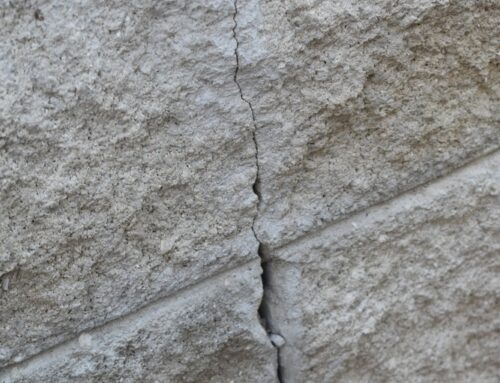Foundation cracks are a homeowner’s worst nightmare. They can lead to significant structural problems, water damage, and costly repairs. But not all foundation cracks are equal. Some are normal and harmless, while others are serious red flags that require immediate attention. Let’s review the different types of foundation cracks, their causes, and when to call a foundation repair company to level your house. Let’s dive in!
Vertical Cracks
Causes of Vertical Cracks
Vertical cracks are the most common type of foundation crack, and they typically run straight up and down or slightly diagonal within 30 degrees of vertical. These cracks often result from normal settling of the house or minor soil movement. Other causes include concrete shrinkage during the curing process, thermal expansion and contraction, and the natural aging of the foundation materials.
What’s Normal and What’s Not
Minor vertical cracks that are less than 1/8 inch wide are usually not a cause for concern, as they can be attributed to normal settling or aging. However, if the crack is wider than 1/4 inch, it may indicate more significant issues, such as excessive soil pressure or water damage. In this case, it’s essential to consult a foundation repair expert to assess the situation and determine the appropriate course of action.
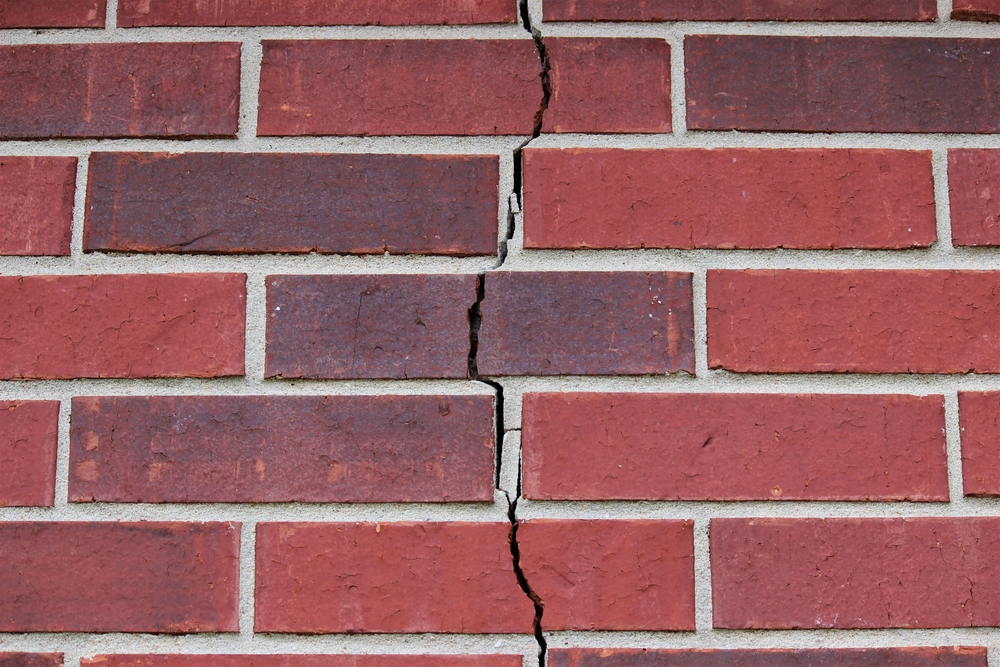
Horizontal Cracks
Causes of Horizontal Cracks
Horizontal cracks run parallel to the ground and are often a sign of severe problems. They typically result from excessive lateral pressure on the foundation walls, which can be caused by soil expansion due to water infiltration, frost heave, or expansive clay soil. Additionally, horizontal cracks can also be the result of improper construction techniques or insufficient reinforcement in the foundation walls.
What’s Normal and What’s Not
Horizontal cracks are generally not considered normal and should be taken seriously. They can weaken the foundation walls, leading to a higher risk of wall collapse or significant structural damage. If you notice a horizontal crack in your foundation, it’s crucial to contact a foundation repair company as soon as possible to assess the damage and determine the necessary repairs.
Diagonal Cracks
Causes of Diagonal Cracks
Diagonal cracks usually run at a 30-75 degree angle from vertical and often result from differential settlement, which occurs when one part of the foundation settles more than another. This can be caused by soil compaction issues, variations in soil moisture, or improper drainage. Additionally, diagonal cracks can also be attributed to thermal movement or expansive soils.
What’s Normal and What’s Not
Diagonal cracks that are less than 1/8 inch wide and don’t show signs of water infiltration or damage may not be cause for alarm. However, if the crack is wider than 1/4 inch or accompanied by other signs of foundation issues, such as sticking doors or windows, it’s essential to call a foundation repair professional for an assessment.
Stair Step Cracks
Causes of Stair Step Cracks
Stair step cracks are a type of diagonal crack that follow the mortar joints in a concrete block or brick foundation. These cracks are often caused by differential settlement, soil pressure, or lateral forces on the foundation wall. Stair step cracks can also result from water infiltration, expansive soils, or frost heave.
What’s Normal and What’s Not
Small, hairline stair step cracks are not uncommon and may not be a sign of significant foundation issues. However, if the stair step crack is wider than 1/4 inch, accompanied by bulging or leaning walls, or shows signs of water damage, it’s essential to consult a foundation repair specialist.
When to Call a Foundation Repair Company to Level the House
Knowing when to call a foundation repair company to level your house is crucial in preventing further damage and costly repairs. Here are some signs that it’s time to consult a professional:
- Wide Cracks: If any crack is wider than 1/4 inch, it’s essential to contact a foundation repair expert. Wider cracks can indicate serious structural issues that need immediate attention.
- Horizontal Cracks: As mentioned earlier, horizontal cracks are generally not considered normal and should be taken seriously. If you notice a horizontal crack in your foundation, it’s crucial to contact a foundation repair company as soon as possible.
- Signs of Movement: If you notice doors and windows sticking, or gaps forming around window and door frames, this could be a sign of foundation movement. A professional can assess the situation and recommend the appropriate course of action.
- Visible Bowing or Bulging Walls: If your foundation walls are visibly bowing or bulging, this could indicate significant structural problems. Don’t wait – contact a foundation repair company immediately to evaluate the issue.
- Water Damage: If you notice water infiltration or pooling around your foundation, or if cracks are accompanied by signs of water damage, it’s essential to call a professional to assess the situation and recommend a solution.
Call Discount Foundation Repair Specialists in DFW
Foundation cracks can be a source of stress for homeowners, but understanding the different types of cracks, their causes, and when to call a professional can help alleviate some of that anxiety. Regularly inspecting your foundation for cracks and addressing any concerns promptly can save you time, money, and headaches in the long run. Remember, when in doubt, it’s always better to consult a professional foundation repair company like Discount Foundation Repair to ensure the safety and stability of your home.

